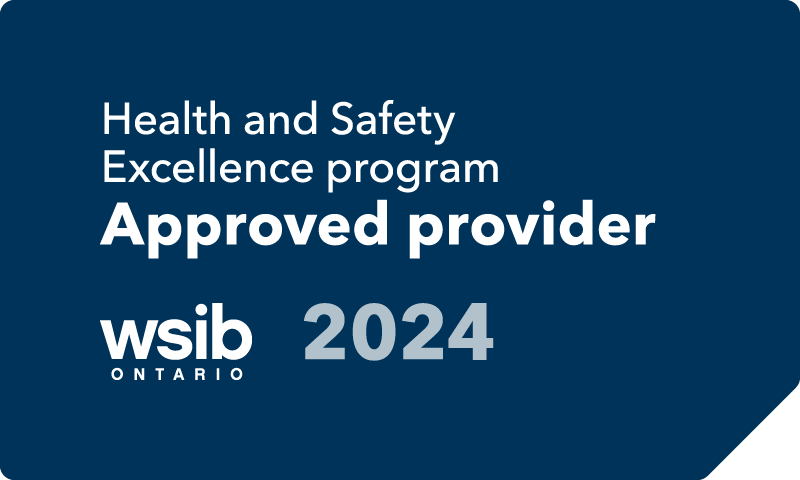Health and Safety Excellence

Your WSIB Health and Safety Excellence with Aceis Group
Elevate your health and safety management program with our expert guidance through the WSIB Health and Safety Excellence program. As an approved provider, we offer tailored support to help you achieve your safety goals.
Our structured framework covers up to five topics per year, providing a comprehensive approach to enhancing your health and safety practices. Benefit from potential financial rewards, reduced risks, improved employee satisfaction, and expert guidance.
With our competitive rates and hands-on approach, Aceis Group ensures you get the most out of this valuable program.
Choose Aceis Group to achieve excellence with your health and safety management system.
Management and Consulting
Aceis Group: Your Trusted Partner in Health and Safety At Aceis Group, we recognize the paramount importance of health and safety management in today’s business landscape. Our comprehensive services are designed to alleviate the burden of compliance, strategy development, and ongoing maintenance, allowing you to focus on your core business objectives. From initial assessments to ongoing support, our experienced team provides tailored solutions to meet your specific health and safety needs. With Aceis Group as your partner, you can confidently navigate the complexities of health and safety management and create a safer, more productive workplace.
REGULATORY COMPLIANCE
SATISFIED CLIENTS
Years in Business
Why Choose Us
Quality Programs
Our consultants are passionate certified professionals to get your company the highest quality health and safety solutions.
Quick Turnaround
We will work with your timeframe to get your new policies and programs implemented as quickly as possible without compromising quality.
Continuous Support
We will be there to support you from creation to implementation. It might just be a phone call or it might be a site visit or inspection. We are there to help.
Customized Services
Templates will only take you so far. The safety requirements of each company can differ greatly and we will customize our services to fit you.
We help you develop a health and safety plan that accounts for all aspects of your company, ensuring you have a solid set of policies to ensure worker and workplace safety.
DEVELOPMENTImplementation of new plans and policies can be greatly assisted by a third party. Workers get set in their ways and sometimes it takes an outside view to make big changes.
IMPLEMENTATIONContinue improving with regular reviews of implemented plans and policies. Build on those that work well and rethink anything that that doesn’t fulfill your companies standards.
REVIEW







